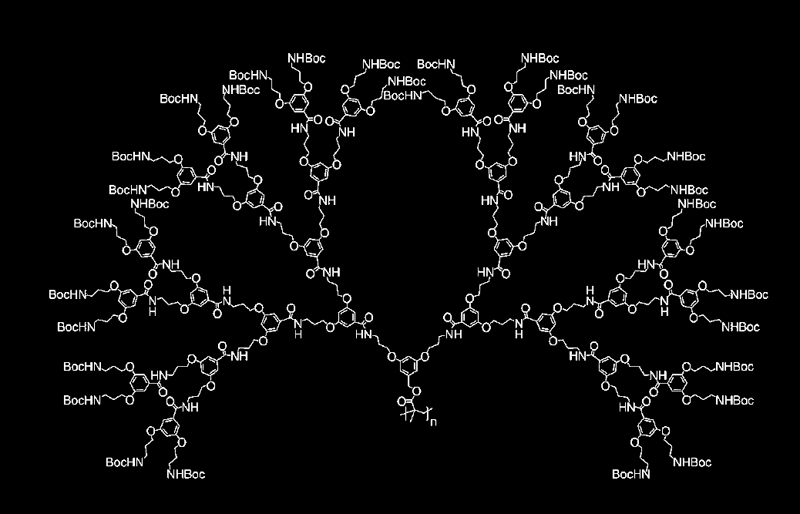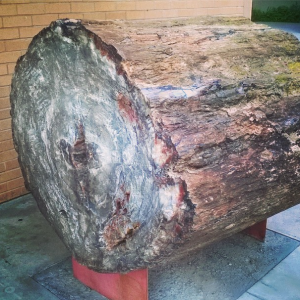By Anupum Pant
One important thing about the airbag is that it has to get deployed within milliseconds to save lives during an accident. A pellet of a very poisonous compound called Sodium Azide, or NaN3, does the trick.
The airbag system consists of a deceleration detecting device. Mostly this is a cylindrical tube with a metal ball inside whose movement is dampened by a spring or magnets. This prevents the ball from sliding the other side when the car goes on potholes etc. So, when the car hits something and stops suddenly, the ball goes to the other side of the cyllinder and completes the circuit.
Sodium azide decomposes at 300 degrees centigrade. The completed circuit supplies enough heat for sodium azide to burn/decompose and form the Nitrogen gas at a very rapid rate. The expanding Nitrogen gas blows out at about 200 miles per hour and inflates the bag within miliseconds.
The reaction also produces sodium which could cause a fire. So, we have two other compounds KNO3 and SiO2 with the sodium azide pellet. These are only to remove the dangerous sodium from inside the airbag.
Now, since the bag come out so fast and inflates into a rock hard balloon, it isn’t exactly soft enough for a face to hit it. So, after it is inflated, the bag is programmed to deflate a little. And it has to be quick enough to expand before the face even reaches it. Or the bag surface travelling towards you at a speed of ~200 miles per hour isn’t a good thing to hit when you have an other accident to deal with. That’s the reason sodium azide is used.
And that’s the reason an airbag does not have what its name says it has – air. It has Nitrogen. Which of course is almost air, because air is about 70% nitrogen. But it still isn’t the same thing.

 This thing I was looking at was a petrified wood specimen. Yes, a piece of wood that turned into rock several million years ago. It was 220 million years old. Elated, I posted its picture on
This thing I was looking at was a petrified wood specimen. Yes, a piece of wood that turned into rock several million years ago. It was 220 million years old. Elated, I posted its picture on  If there’s just silica, they aren’t usually coloured. But if it gets infused with other element rich minerals like copper, cobalt, manganese etc, these woods can end up getting lined with beautiful colours. Other times silica can crystallize in different form an
If there’s just silica, they aren’t usually coloured. But if it gets infused with other element rich minerals like copper, cobalt, manganese etc, these woods can end up getting lined with beautiful colours. Other times silica can crystallize in different form an